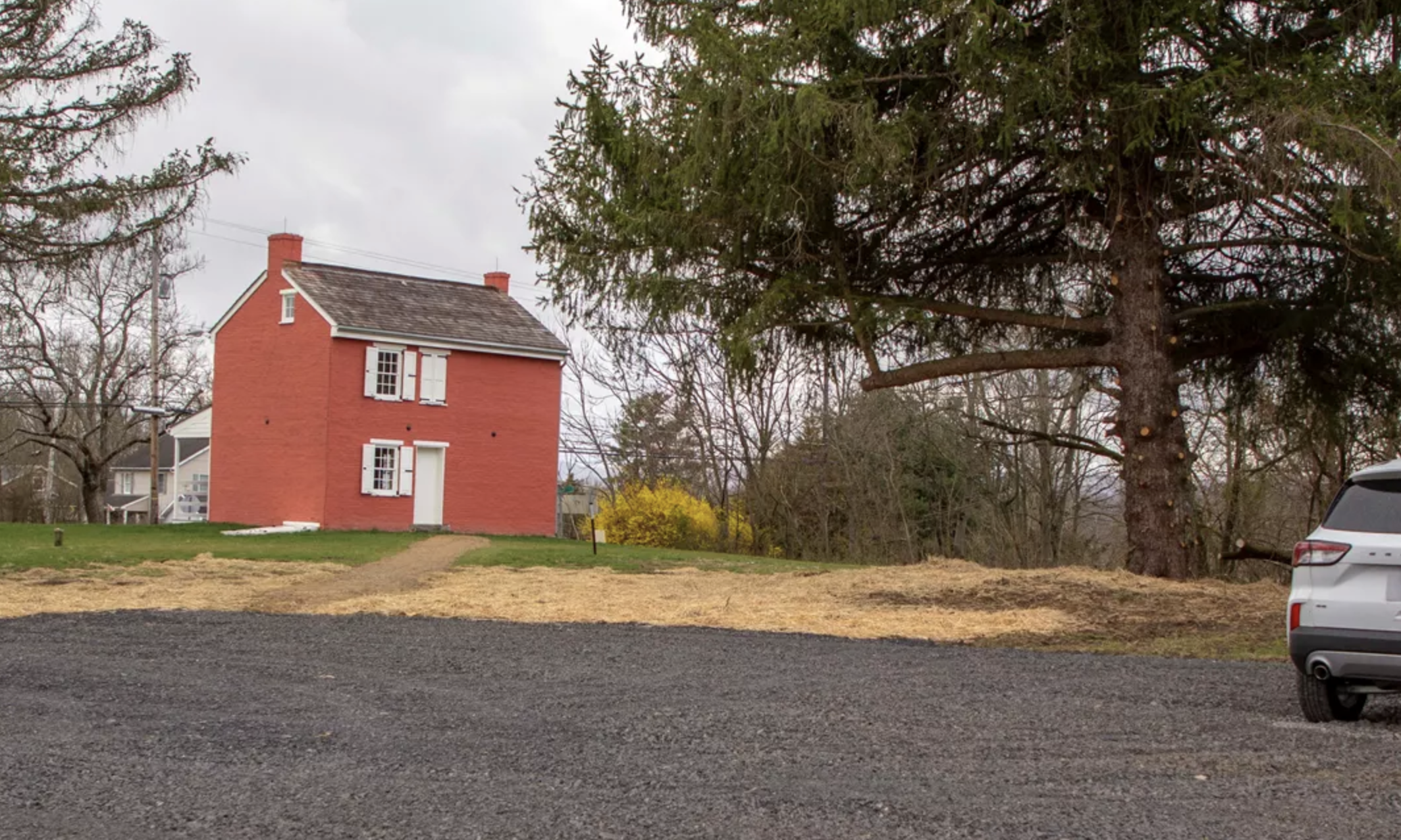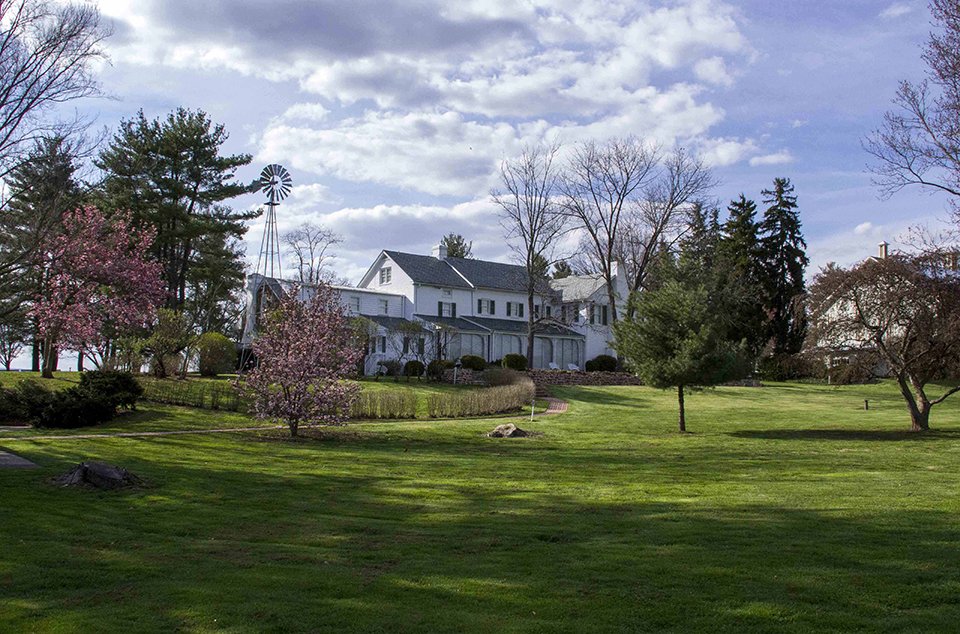The view from the Rose Farmhouse on the Gettysburg battlefield provides a glimpse into the past, a moment when the nation’s future could have tipped away from the “united” states.
The names given to the surrounding ground — The Wheatfield, The Peach Orchard, Devil’s Den — are part of American legend and lore. In just three hours on the afternoon of July 2, 1863, as many as 20,000 soldiers scratched and clawed for every inch of the surrounding fields, woods, and ridges.
“There were accounts of soldiers who were kind of the last ones to go in at the Wheatfield. By the time they got there, there had already been maybe six or seven charges and countercharges,” said Gettysburg National Military Park spokesman Jason Martz. “At that point, they were no longer walking on soil. They were walking on bodies in order to get from point A to point B in the Wheatfield.”
The battlefield is one of the most popular tourist destinations in Pennsylvania. But, visitors may soon have the chance to experience the historic grounds at the Rose farm and three other historic structures in a whole new way. Under a new program, the National Park Service is attempting to launch at Gettysburg, they’ll be able to spend the night or nights smack dab in the middle of the three-day fight between U.S. and Confederate troops. The NPS will make Rose and three other houses available essentially as an Airbnb rental. The agency is looking for private business or people to manage the sites.
One of the largest is the Bushman Farmhouse, which also sits within sight of pivotal clashes that occurred on July 2, 1863 — Little Round Tip, Devil’s Den, and the Wheatfield. “From what would be the front door area on the west side of the house, you have a direct view over (to) Seminary Ridge,” Martz said.
Bushman was part of an initial rental effort launched before the COVID-19 pandemic. Martz says its short-run was a success.
“The comments that those who were able to stay here really reflected it was, to them, an opportunity to get close to the battlefield ….(by) being able to stay here,” Martz said. “But in addition to giving that very unique opportunity to the public, it also helps benefit the park and the longevity of these historic structures because we have the opportunity to have additional eyes and ears on these structures.”
Martz under the old approach, the Park Service handled everything — from booking to collecting fees to maintaining the building. It wasn’t the ideal set-up.
“We were trying to do all of that ourselves with just one building,” he said. “We realized pretty quickly that that was unsustainable. We couldn’t be everywhere at once.”
Across the park system, at least 211 historic lease projects exist from coast to coast.
The Gateway National Recreation Area operates one of them. It spans from Sandy Hook, New Jersey, to Breezy Point in New York City — and includes beaches, green spaces and cultural landscapes. Spokeswoman Daphne Yun says it was one of the first urban national recreation areas.
“The idea being New Yorkers didn’t have to go all the way across the country to visit a park. There’s gonna be a park in their backyard,” Yun said. “We are located in three of the five boroughs of New York City, Staten Island, Brooklyn, and Queens, as well as Sandy Hook, New Jersey. It’s about 26,000 acres.”
Yun says Sandy Hook has the most buildings in the leasing program — 35 historic structures. It’s different from Gettysburg’s because it’s more of a mixed use — ranging from a restaurant to a convenience store to AirBnB-type vacation rentals.
“Sandy Hook was a military base and mainly used in World War II, and at that point,was basically its own village. It had housing, grocery stores…everything that a military base would have,” she said. “Having all of this different type of use is not out of historic context.”
Back at the battlefield, Martz unsuccessfully tried to unlock one of the doors at the Bushman house. So, he walked to the front of the building and bounded up the steps onto the porch. The key worked, and he stepped inside.
“Everything is an attempt to maintain the look and feel of the mid-19th century. None of the items are original. Everything is new to look old, but it’s to be lived in,” he said. “You shouldn’t be afraid to sit on something. It’s not like grandma’s big white couch in the formal parlor that you’re only allowed to look at and not actually sit in.“
So how will the new leasing program at Gettysburg work?
A person or businesses would be selected to run it — meaning the day to day management — while the National Park Service would still own the property and maintain it. Tax money will go to the borough, township and county. Martz notes a portion of the dollars generated will go toward maintenance of historic structures throughout the park and Eisenhower National Historic Site.
“Any house. Any barn. Any outbuildings…summer kitchens. It is very strict as to what that money can actually be used for,” he said. “So, it really is a situation where everyone can win, because we have an opportunity to maintain these structures in a way that we wouldn’t have under normal circumstances.”
Protections will be baked into the lease agreement — such as if a guest causes extensive damage to the house or any furnishings.
After a tour, Martz locked up and walked down the porch. He took a look at the landscape around him. He said he hopes the new leasing program will allow more people to understand this place in a whole new way.
“It’s a very somber, humbling experience,” he said. “So, brew your coffee in the morning. It’s a great place to watch (the sunrise).”
If a person or business is selected — at least one of the properties could be ready for an overnight stay sometime this summer.
















